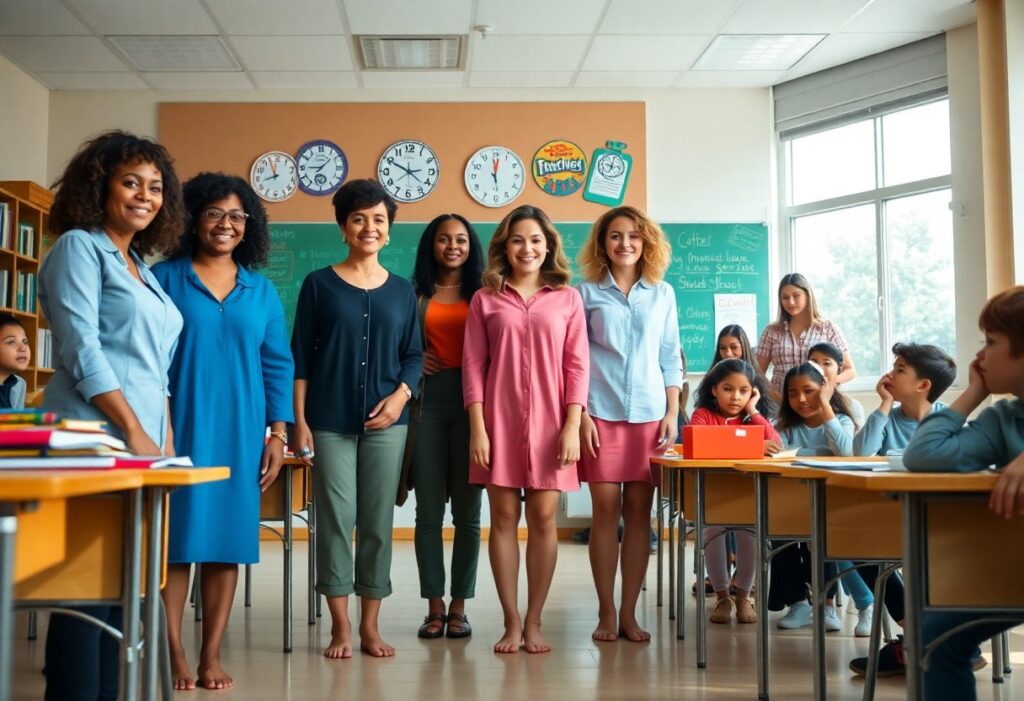
As a committed educator, you likely spend most of your day on your feet, which can lead to fatigue and discomfort in your feet. You recognize the importance of wearing comfortable footwear in your daily teaching activities; however, the shoes you believe offer the best support might actually be contributing to your pain. By embracing the benefits of barefoot shoes, you can experience improvements in mobility, balance, and agility. Furthermore, these types of shoes can strengthen your feet over time, allowing them to serve as their own support system.
Recognizing the Physical Strain Teaching Places on Your Feet
Your daily responsibilities as a teacher require you to stand, walk, and actively engage with students for long periods, which can create significant stress on your feet, resulting in foot pain and fatigue. Since you are often on your feet, it's crucial to consider how your daily activities influence your foot health. Choosing the right footwear can profoundly reduce the physical strain associated with your demanding teaching role, enabling you to focus more on your students and less on discomfort.
Assessing the Daily Activities of Teachers and Their Effects on Foot Health
Throughout your busy days filled with standing, walking, and moving around the classroom, your feet can become overworked and strained, leading to significant discomfort. As an educator, you understand the necessity of staying active on your feet, but you might not fully realize the long-lasting consequences of wearing shoes that lack proper support. A clear comprehension of these effects is essential for making informed decisions regarding your footwear, ultimately promoting sustainable foot health and overall well-being.
The Importance of Choosing Comfortable Shoes for Teachers
For educators, selecting the right footwear is essential in preventing foot-related issues and ensuring a high level of comfort throughout the day. You require shoes that not only accommodate your dynamic lifestyle but also offer the necessary support and cushioning for your feet. When comfort is prioritized, your ability to engage with students and manage classroom activities effectively can be greatly enhanced.
What defines a comfortable shoe for teachers? It encompasses more than just cushioning and support; it also involves allowing your feet to move naturally and breathe. When evaluating your options, look for shoes that are breathable, lightweight, and flexible, featuring a wider toe box to enable your toes to spread comfortably. By investing in the right footwear, you can significantly reduce the risk of foot pain and injuries, ensuring that you remain comfortable and focused throughout the school day.
Identifying Essential Features for Comfortable Footwear for Educators
As a dedicated teacher, your choice of shoes plays a crucial role in determining your daily comfort and effectiveness. You need footwear that provides optimal support and comfort throughout your entire day, allowing you to concentrate fully on your students and lesson plans without being distracted by any discomfort.
Key Features That Ensure Long-Term Comfort for Teachers' Feet
Given the intense demands of a teaching career, it's clear that shoes designed with features like breathability, lightweight materials, and flexibility are essential for long-lasting comfort. Your footwear should keep your feet dry and cool, even during extended periods of standing and movement, ensuring that you remain energized and focused on your teaching responsibilities.
Understanding the Benefits of Breathable, Lightweight, and Flexible Footwear
As an educator, your commitment to providing an exceptional educational experience for your students begins with prioritizing your own comfort. You seek shoes that allow for unrestricted movement and promote natural foot mechanics. breathable, lightweight, and flexible shoes can deliver these benefits effectively, making them a vital addition to your teaching attire.
To achieve the best results, choose shoes that are breathable, lightweight, and flexible. This combination will enable you to navigate the classroom and hallways with ease, without feeling restricted or weighed down. Additionally, proper ventilation is essential, as it helps maintain dryness and coolness, reducing the likelihood of blisters and other foot-related issues. By selecting footwear with these crucial features, you can ensure that your feet remain comfortable and supported throughout your bustling day, allowing you to stay focused on what truly matters – delivering quality education to your students. With breathable, lightweight, and flexible shoes, you can say goodbye to fatigued and sore feet and welcome a more enjoyable and productive teaching experience.
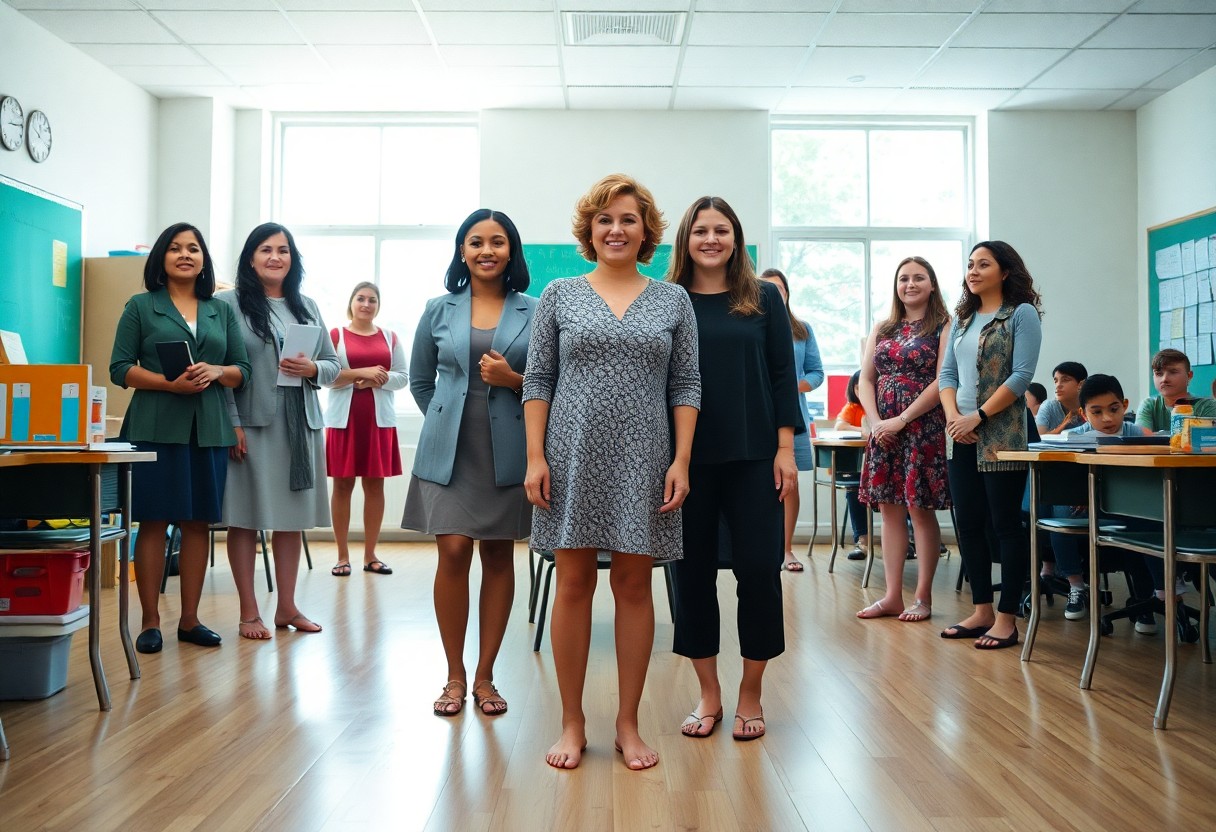
Comparing Traditional Shoes with Barefoot Shoes for Optimal Foot Health
If you are considering a switch to barefoot shoes, it is essential to evaluate how they differ from traditional footwear. The following table highlights the key contrasts:
| Conventional Shoes | Barefoot Shoes |
|---|---|
| Narrow toe box | Wider, foot-shaped toe box |
| Raised heel | Non-elevated heel |
| Thick soles and excessive padding | Thin soles and minimal padding |
Recognizing the Shortcomings of Conventional Footwear and Their Effects on Foot Health
It is widely recognized that traditional shoes can contribute to various foot problems due to their constricting narrow toe boxes and elevated heels, resulting in discomfort and balance issues. You may find that wearing such footwear leads to fatigue and pain not only in your feet but also in your ankles, knees, and back, highlighting the need for a more supportive alternative.
Discovering the Advantages of Switching to Barefoot Shoes for Educators
Transitioning to barefoot shoes can result in improved mobility and balance, along with a reduction in foot fatigue. These shoes encourage natural foot movement, which plays a significant role in strengthening your feet and enhancing your overall posture over time.
While conventional shoes can be harmful to your foot health, barefoot shoes present beneficial alternatives. By opting for barefoot shoes, you will enjoy natural and comfortable movement, which can greatly enhance your overall well-being. As an educator, you will appreciate the support and comfort that barefoot shoes provide, enabling you to focus on delivering quality education instead of struggling with foot pain.
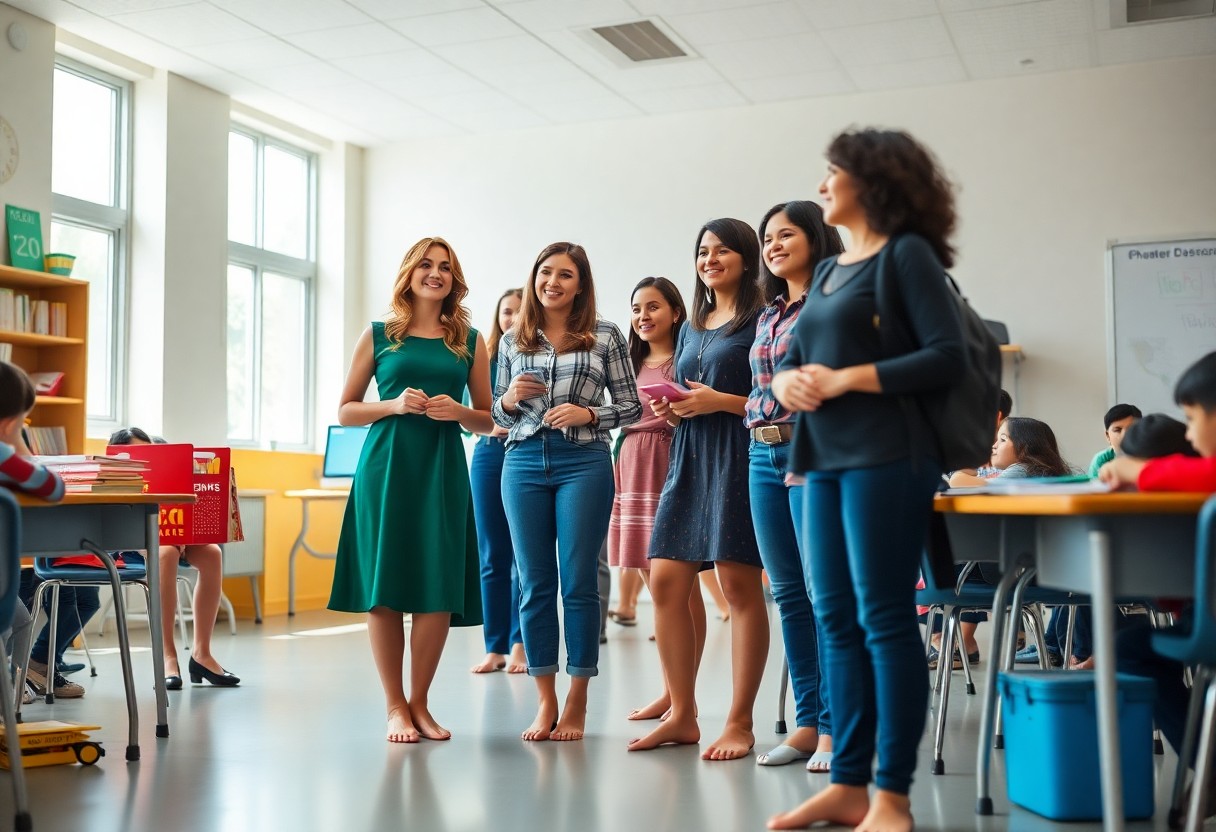
Uncovering the Significant Benefits of Barefoot Shoes for Educators
In comparison to traditional footwear, barefoot shoes offer a range of advantages specifically beneficial for teachers. These include enhanced mobility, improved balance, and increased agility, along with the long-term strengthening of your feet, which can lead to better overall foot health and reduced discomfort.
Improving Mobility, Balance, and Agility While Teaching
Within the classroom setting, you will discover that barefoot shoes allow for a full range of motion, enabling you to move more fluidly and comfortably throughout the day. This natural movement can help minimize the risk of accidents and injuries as you engage actively with your students.
Encouraging Foot Strengthening Through Natural Movement
To achieve stronger feet, it's essential to allow them to move naturally, and barefoot shoes facilitate this by not providing external arch support. Over-reliance on conventional support can lead to weaker feet over time, making it crucial to adopt footwear that fosters natural foot function.
Strengthening your feet can bring about numerous benefits, such as better posture, a decreased risk of ankle, knee, hip, and back problems, and enhanced overall mobility. This makes it easier for you to perform daily teaching tasks, including standing for long periods, walking, and interacting with your students effectively.
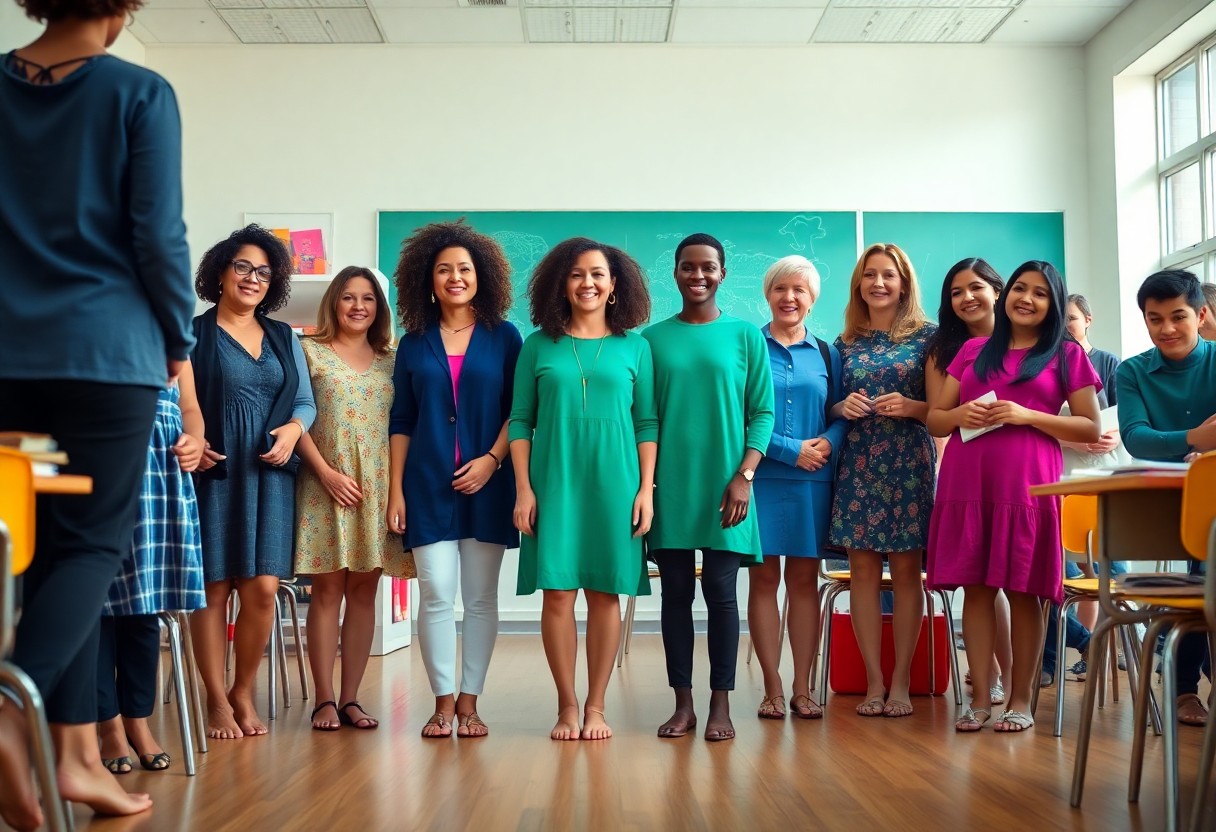
Gaining Insights from Real Experiences with Barefoot Shoes
Your experience with barefoot shoes can be profoundly influenced by the comfort and support they provide, ultimately allowing you to move freely and maintain proper posture throughout your teaching day.
Genuine Testimonials from Teachers Who Switched to Barefoot Shoes
According to enthusiastic reviews from fellow educators, barefoot shoes have been shown to enhance balance, mobility, and agility, making them a favored choice among teachers seeking comfort and functionality.
The Comfort and Support Provided by Barefoot Footwear
Before making the transition to barefoot shoes, you may have struggled with ongoing foot pain and discomfort resulting from traditional footwear.
Indeed, barefoot shoes offer a wider toe box and a non-elevated heel, which can greatly improve your posture and alleviate strain on your ankles, knees, hips, and back. By promoting natural movement and strengthening your feet, you can experience lasting comfort and support. This is crucial for teachers who are consistently on their feet throughout the day.
Finding the Ideal Barefoot Shoes to Meet Your Needs
For educators, selecting the perfect barefoot shoes is vital for ensuring comfort and support during long days in the classroom. You require footwear that facilitates efficient movement, is breathable, lightweight, and flexible, while also providing adequate space for your toes.
Professional Dress Shoes That Meet Educational Standards
When dressing in professional attire, it’s important for your shoes to complement your sophisticated look. Seek out dress shoes like Phoenix leather or Mika that not only adhere to your school's formal dress code but also deliver the comfort and benefits associated with barefoot footwear.
Casual Footwear Choices for Everyday Comfort
In more relaxed environments, you can choose casual shoes that maintain a high level of comfort. Styles like Dillon, Glenn, and Kelso are excellent options that pair seamlessly with both jeans and slacks, presenting a stylish yet relaxed appearance.
What distinguishes these casual shoes is their exceptional arch support and trampoline-like soles, creating an experience akin to walking on clouds. With barefoot shoes, you can alleviate foot pain and discomfort, embracing happy feet that keep you energized throughout the day. As a teacher, you will value the breathability and lightweight design of these shoes, making them ideal for long hours spent on your feet.
Final Insights on the Advantages of Barefoot Shoes for Educators
At this point, it is evident that barefoot shoes represent an exceptional choice for teachers, providing a multitude of benefits such as enhanced mobility, improved balance, and increased agility. Making the transition to barefoot shoes can result in better foot health and reduced discomfort, as they allow your feet to move naturally and gain strength over time. With a variety of minimalist dress and casual options available, you can easily find the perfect pair that aligns with your school's dress code while ensuring your feet remain comfortable throughout the day.
Your Inquiries Addressed: Common Questions About Barefoot Shoes for Teachers
Q: What are the benefits of barefoot shoes for educators?
A: Barefoot shoes offer numerous advantages for teachers, including enhanced mobility, balance, and agility. They promote natural foot movement, strengthen the feet over time, and contribute to better posture. Additionally, barefoot shoes are lightweight, breathable, and flexible, making them ideal for educators who spend extended hours on their feet.
Q: How do barefoot shoes differ from conventional shoes for teachers?
A: Barefoot shoes contrast significantly with traditional footwear. They feature a wider, foot-shaped toe box, a non-elevated heel, and lack external arch support. This unique design encourages natural movement, improves posture, and enhances foot strength. In comparison, conventional shoes are often narrower, have raised heels, and excessive padding, contributing to discomfort, poor posture, and weakened feet over time.
Q: What essential features should teachers prioritize when selecting barefoot shoes?
A: Teachers should look for barefoot shoes that are breathable, lightweight, and flexible. Key features include a wide, foot-shaped toe box and a non-elevated heel. Furthermore, educators should consider comfort, durability, and style to ensure alignment with their school's dress code. Popular options include Phoenix leather, Mika, Dillon, Glenn, and Kelso styles, catering to both men and women and easily adaptable for various professional settings.
The Article Are Barefoot Shoes the Best Choice for Teachers? Discover the Benefits of Going Minimal appeared first on My Shoes Finder
The Article Barefoot Shoes: Why Teachers Should Consider Minimal Footwear Was Found On https://limitsofstrategy.com

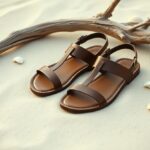
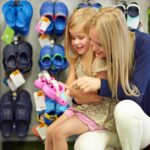
Comments are closed